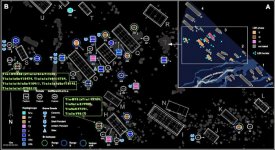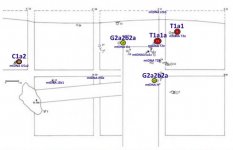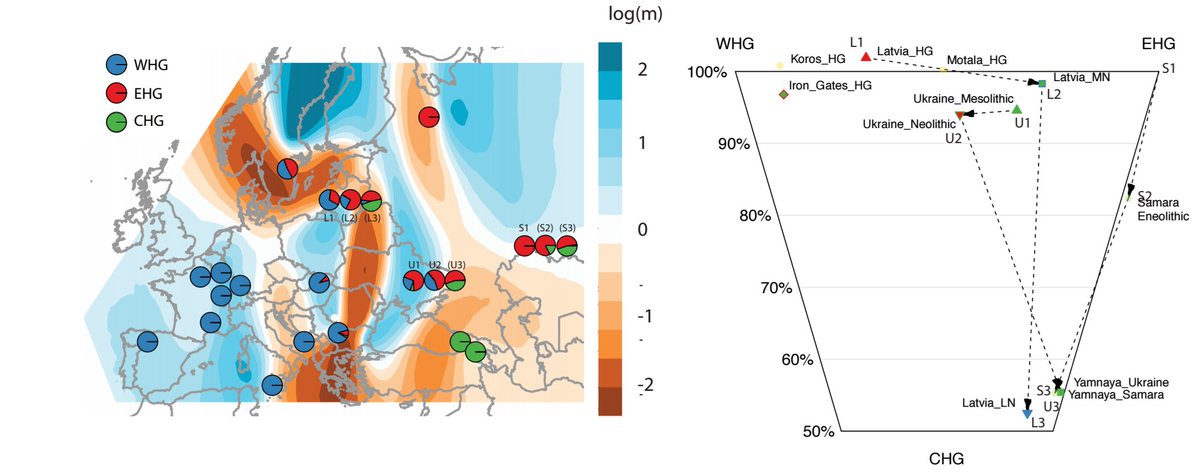It's my understanding that almost all the R1a in the Balkans, certainly in Greece, is Balto-Slavic, so Medieval. There is a respectable amount of Yamnaya type R1b. The ancient samples for the Bronze Age show little downstream R1a or R1b in the Balkans, although there's I2a.
In terms of autosomal dna, there's about 10% "steppe" in the Early Bronze Age Balkans. There's more later, but as I said before, I think the 30% figure is misleading because it includes the one Z93 sample with very high steppe. I don't know if most of the Indo-European speakers took a different route, or just passed through, but there certainly doesn't seem to be any mass migration there in the Bronze Age. We only have one Iron Age Sample, but it has even less steppe.
Maybe more samples will change the situation, but that's what we have for now, and we have quite a few Bronze Age samples; I quickly counted 11, with a lot from Bulgaria, right on the path.
For accuracy, nobody had chariots in 4000 BC.
For now I'm going with the idea that there was a WHG related population in Anatolia.
As to the relationships between the hunter-gatherers, there is this from the paper.
View attachment 8676
The Neolithic R in Iran is from Ganj Dareh, Iran, as they all are, and is dated 8000 to 7700 BC. The other male is listed as CT. It's all in Table 5, right after the Globular Amphora and Iron Gates samples.
Ed. The Mycenaeans could still be Z93, of course, but a very small autosomal impact?
We are now reaching mental breakdown territory. Italic is related to Iranic, not Celtic? "Say it ain't so, Joe!"





